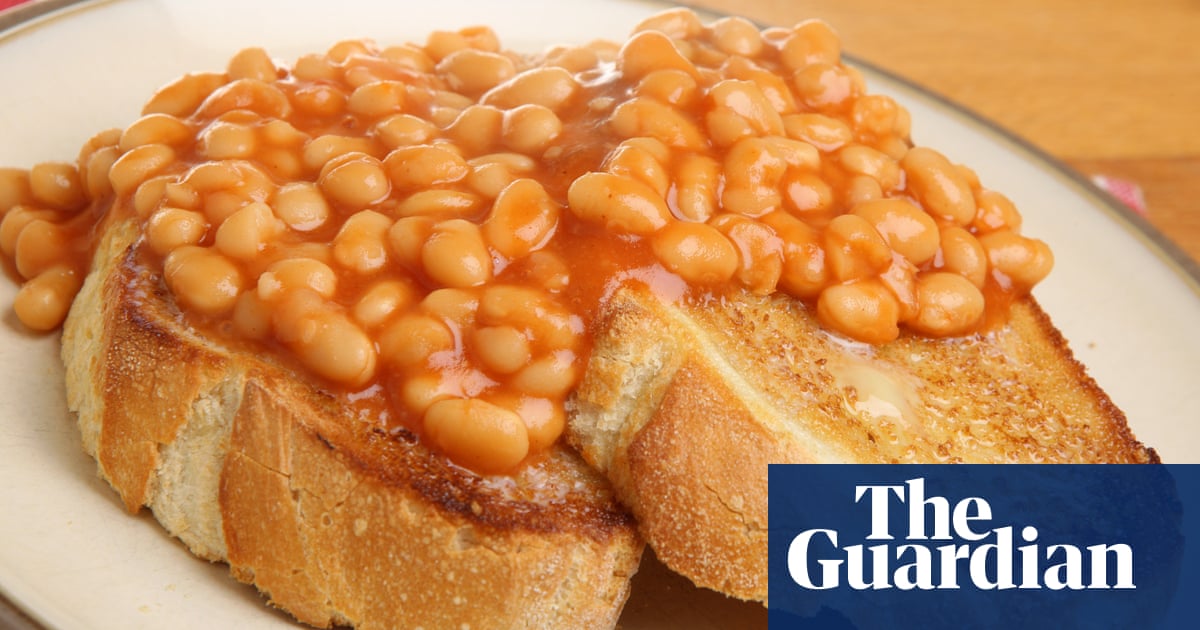The pros and cons of buying supermarket own-brand food - 3 minutes read

Opponents pointed out that this would barely scratch the surface when energy bills have soared by 54% and the most vulnerable are already buying the cheapest foods.
Financially, there can be a lot to be gained by moving down from a branded product to a supermarket own-brand, and more still by switching to its value range.
Take a tin of baked beans bought at Sainsbury’s, for example. Online, the supermarket is charging £1 for a two-serving can of Heinz Beanz. Its Sainsbury’s own version retails at 35p and its Hubbard’s Foodstore line costs 21p.
The tins may look directly comparable, but they are not: while Heinz’s weighs in at 415g, the other two weigh 400g each. But even when you strip out that difference, the cost saving is big: for Heinz, you are paying £2.41 a kg, for Hubbard’s you are paying 53p.
Inside the tins, all is not equal either. In this instance, Heinz and Sainsbury’s both boast 51% beans, but the Hubbard’s tin contains 45%. That’s 212g from Heinz and 180g from Hubbard’s.
For a product where the headline prices are more closely matched, the saving could be eaten into if you need to buy an extra pack to get what you actually need. However, the price difference is so great that in this instance you could buy two of the cheapest and still make a big saving.
The other bits of the ingredients list are also worth comparing. Value products need to be bulked out somehow, and with beans the sauce will make up more of the mix to cut costs. A lot of the difference may be water – it’s the third ingredient in all of the products. Vinegar has been used by Heinz but skipped in both budget versions.
At Morrisons, the best-known brand of rice pudding, Ambrosia, is on offer at two cans for £1.60, while the Morrisons Savers version is selling for 20p. Both have just 9% rice, but water features on the ingredients list of the cheaper product (second only to skimmed milk), while Ambrosia is 72% milk, and lists full-cream milk as its top ingredient. This means it has much more fat (4.4g a serving compared with 1.4g in the cheap line).
Which? has published a list of named brands that have been beaten by value ranges in its reviews – Lidl chocolate spread, Choco Nussa, is £1.09 for a 400g jar (27p per 100g) versus £2.90 for 350g of Nutella (83p per 100g) and was more highly rated by tasters. It also has less sugar and saturated fat in each serving.
Caroline Hind, a nutritionist at the Vitaminology, says some value versions of products “contain more sugar, processed oils and starchy fillers that are low in nutrients and terrible choices for people managing weight or at risk of diabetes”.
The latter is true for beans. The Hubbard’s version has glucose-fructose syrup, which some studies have suggested is worse for your liver than standard sugar. Aldi’s budget beans have the same, and one of the lines stocked also includes maltodextrin, another replacement for more expensive refined sugar.
But the nutritional benefits do not all go one way: sometimes you might be better off trading down. Say you are trying to cut down on fat in your diet – sometimes the fillers in value products literally water it down.
Source: The Guardian
Powered by NewsAPI.org
Good Job You can visit my blog to get an idea thanks a lot
Good Job You can visit my blog to get an idea thanks a lot